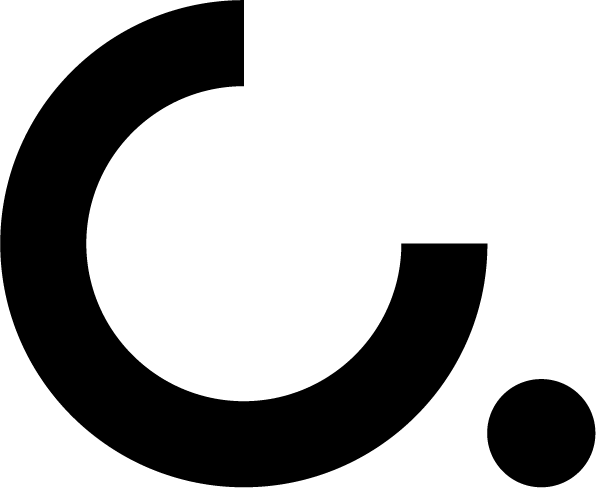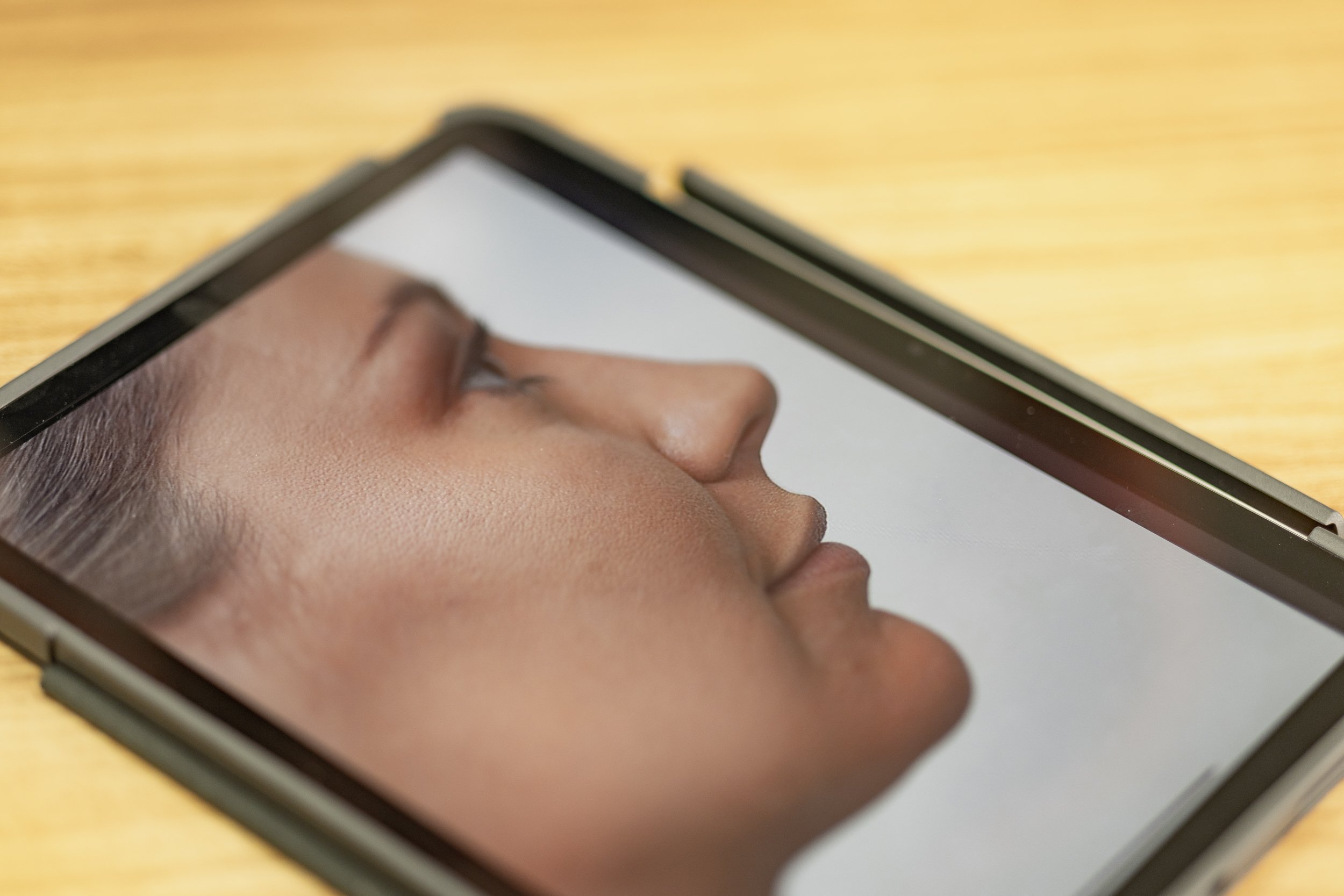5 things you may be doing wrong with your clinical photography
After 10 years of training hundreds of doctors, nurses, and allied health clinicians, I have had the opportunity to gather valuable insights from their experiences. Throughout this journey, I have come across a multitude of questions regarding clinical photography. It is quite common for people to associate clinical photography with concerns surrounding image quality or lighting.
These aspects often pose significant challenges and can be a source of frustration for many individuals in the healthcare field. However, there are several other factors that also influence the effectiveness of clinical photography, and exploring these aspects can lead to a more comprehensive understanding why this is important a modern clinical environment.
New Leaf Cosmetic
Time management
Memory cards are not only dangerous due being a single, uncatalogued and fragile storage medium, but worse still is the time it takes to remove that card from a camera, download, describe, resize, export and re-upload to a practise management system.
That’s why we have since day one designed a tethered ( hard wired ) workflow where camera is physically connected to a computer for instant download, review, naming, date stamping and backups to the cloud.
Sculpt Adelaide
Patient assessment
Clinicians must regularly handle patients' subjective experiences, including instances where patients notice new changes but forget the progress they've made during their treatment.
One way to manage this is doing thorough assessment with the patients own images, and not stock photographs or glossy brochures.
Dr Andrew Raymond
Lost education opportunities
Not advertising the results you achieve.
Due to stricter regulations, stock images are now prohibited in marketing. Therefore, most of your marketing materials need to focus on education. To achieve this, you require a process for capturing and consulting on images, as well as obtaining consent for their use in marketing strategies.
Non-compliant data management
Clinical Photographs are deemed by AHPRA and AMA to be medical information, and Do you know where your photographs are stored? How they are backed up?
Some legislation you should be aware of :
Privacy Act 1988
State and territory privacy legislation
My Health Record legislation.
An overview of our approach to data management - secure, automated and accessible
Protocol
Generally if you have 5 photographers you’ll have 5 different approaches - unless you have standardised protocol.
We’ve very proud of our Academy that standardises the approach so that everyone is doing the same thing.






